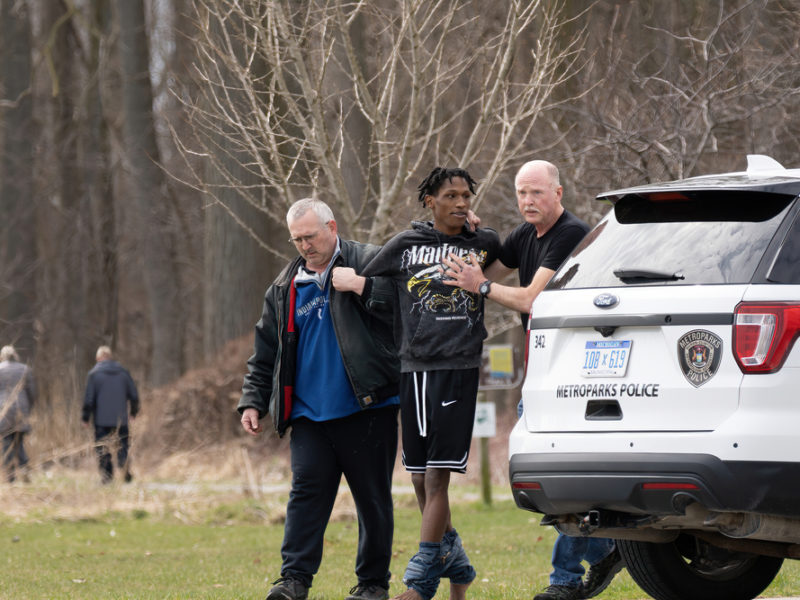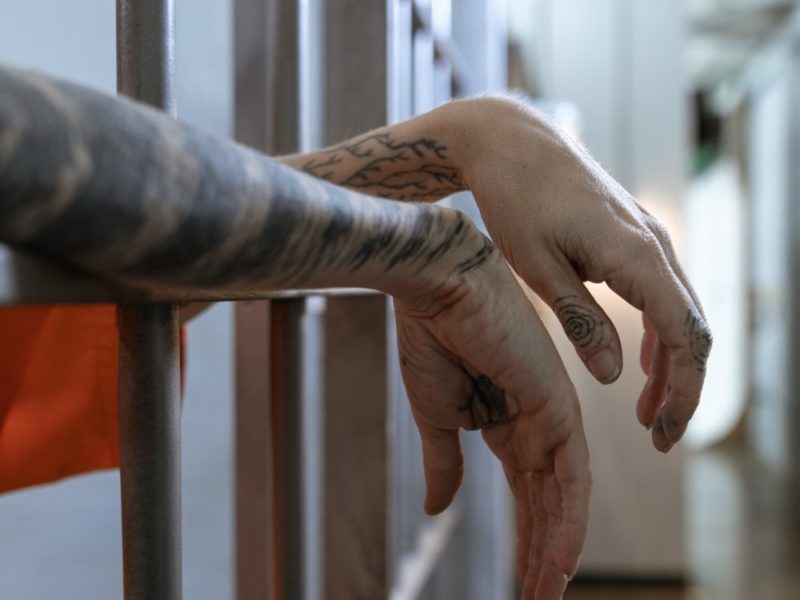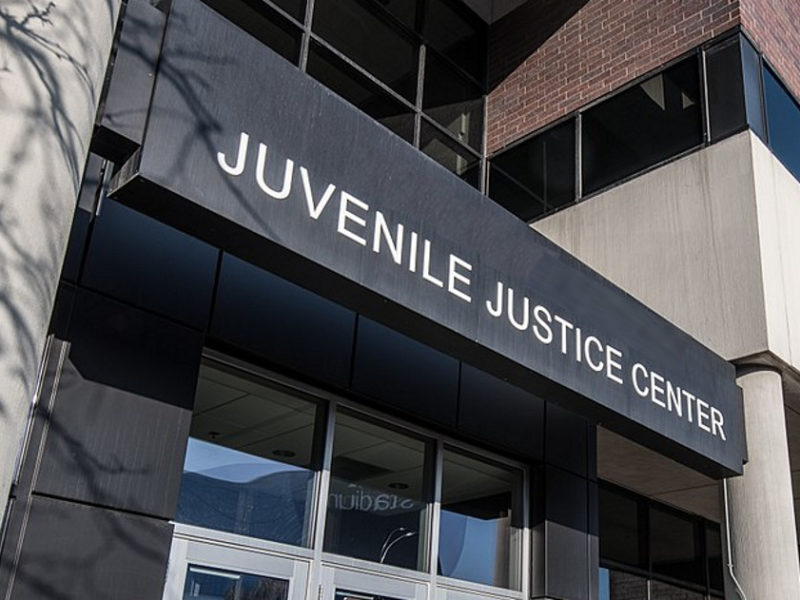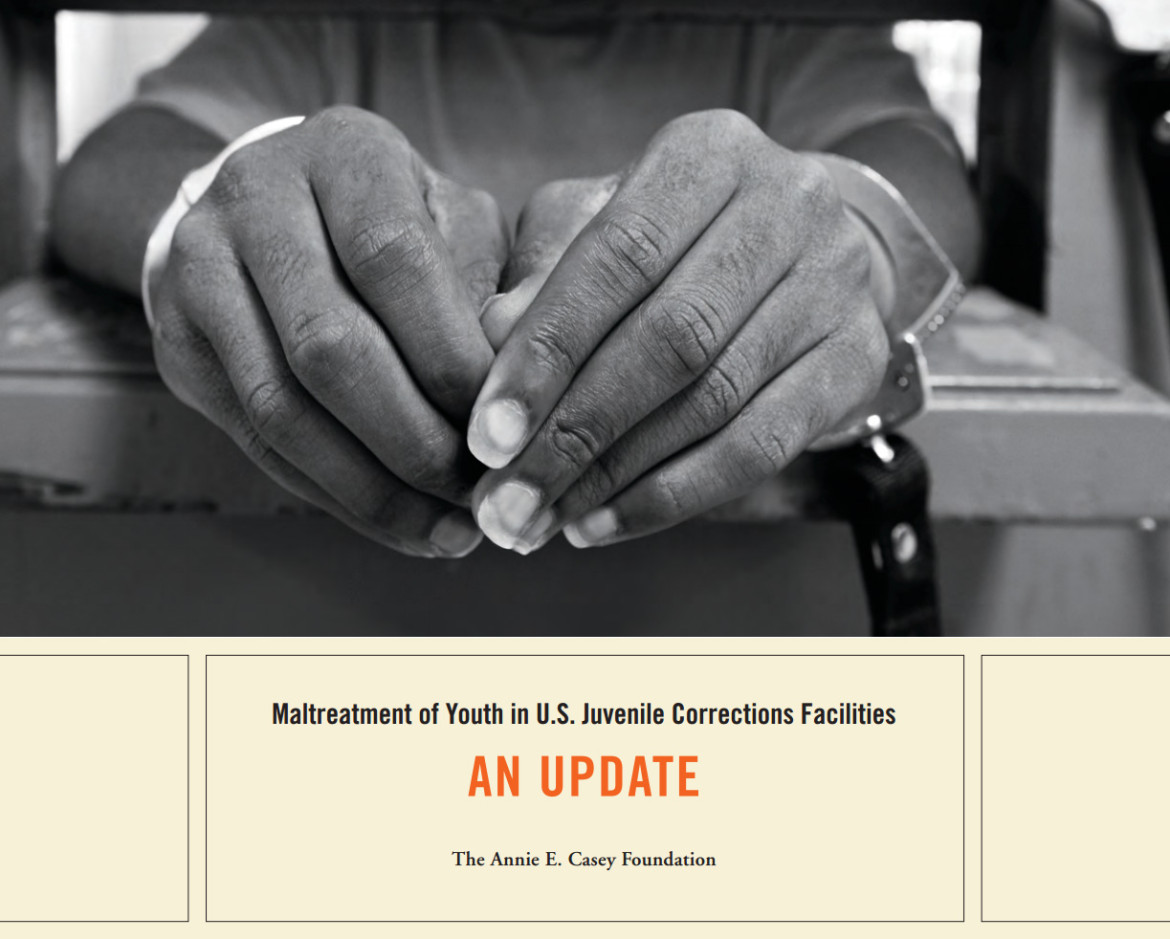In 2023, Equal Measure conducted a series of surveys with Learn and Earn to Achieve Potential partners to analyze their efforts in tackling the root causes of disconnection from education and careers with systems-involved youth. This report shares findings from that evaluation.

Study: Drug use less common, more deadly among teens during pandemic
|
Published today in JAMA (Journal of the American Medical Association), Trends in Drug Overdose Deaths Among US Adolescents, January 2010 to June 2021, noted an alarming increase in deaths driven by the widespread presence of illicit fentanyl in the drug supply, particularly in fake prescription opioid and benzodiazepine pills sold illegally. Researchers calculated the results by comparing overdose deaths per 100,000 for teenagers with US death records data from the Centers for Disease Control and Prevention.

Latest on the Hub: Nov 2021
|
Racial disparities among juvenile detainees; declining juvenile detentions amid COVID-19; and the impact of criminally charging only those at least 18 years old are topics recently addressed by a range of governmental, academic and nonprofit entities.

COVID-19 analysis: Juveniles were restrained less; a fraction of parents didn’t know how to contact incarcerated children as in-person visits slowed during pandemic
|
Fewer juveniles were placed in restraints and more reported that they’ve had positives dealings with staffers at juvenile agencies, according to April 2021 data voluntarily submitted by 148 pre-trial and other short-term detention facilities, longer-term correctional facilities, assessment and in-community residential programs in 32 states. Released in August by the Performance-based Standards Learning Institute, partnering with Vera Institute, the snapshots of data gauge COVID-19’s impact on juveniles in those states and on their families who, with in-person visits banned during he pandemic, had to find other ways to connect.

Latest on the JJIE Hub: Sept 2021
|
Juvenile Justice Resource Hub curates research on juvenile justice policy and practice, reviews of innovative programs and various other explorations and advisories on topics including justice reform, mental and behavioral health, gun violence, foster care, racial and economic parity/disparities.

Report: Juveniles in pioneering San Francisco detention diversion project were less likely to re-offend than youths on probation
|
Juvenile offenders participating in a 30-year-old project diverting youth from detention to community-based programs were less likely to cycle back into incarceration than those not enrolled in such projects, according to an evaluation recently released by the San Francisco organization launching that pioneering program.

National judges panel issues guidelines for individualizing juvenile cases and creating behavior-based incentives to shorten time on probation
|
Following its July 2017 resolution urging a shift in how juvenile probationers are supervised, the National Council of Juvenile and Family Court Judges recently issued its blueprint for how judges and probation officers help make that happen.

JAMA: Almost 71% of adult California gun owners living with youth said firearms made their homes safer
|
More than two-thirds of 2,558 Californians living in homes with children or teens who owned firearms and more than half who did not own guns but lived in homes with guns said they believed those weapons made their homes safer, according to a study published this month by the Journal of the American Medical Association's JAMA Network journal.

Analysis: Racial disparities in juvenile detention narrowed overall, but widened in some states
|
Black youth were more than four times as likely as white ones to be detained or committed to a juvenile facility, according to a report released this month by The Sentencing Project, which also noted that the Black-white disparity in detention and incarceration declined since it last analyzed the data. The newest report is based on the 36,479 youth in a total of 1,510 detention centers, youth prisons, residential treatment centers and youth homes as of October 2019; the prior analysis was conducted in 2015.
Casey: Time to Close Youth Prisons
|
One of the leading voices in juvenile justice has turned on juvenile hall.
The Annie E. Casey Foundation is throwing its weight into a campaign to close youth prisons nationwide, calling them “inherently prone to abuse.” In an upcoming TEDx talk, excerpts of which were released in advance, Casey Foundation President Patrick McCarthy brands large, secure facilities “factories of failure” that ruin the lives of the kids they’re supposed to help.

New Study to Focus on Impact of Family Visits for Incarcerated Youth
|
The Vera Institute of Justice has announced that it will conduct a two-year study to examine the possible impact of increased family visits on juvenile residents in Indiana.





